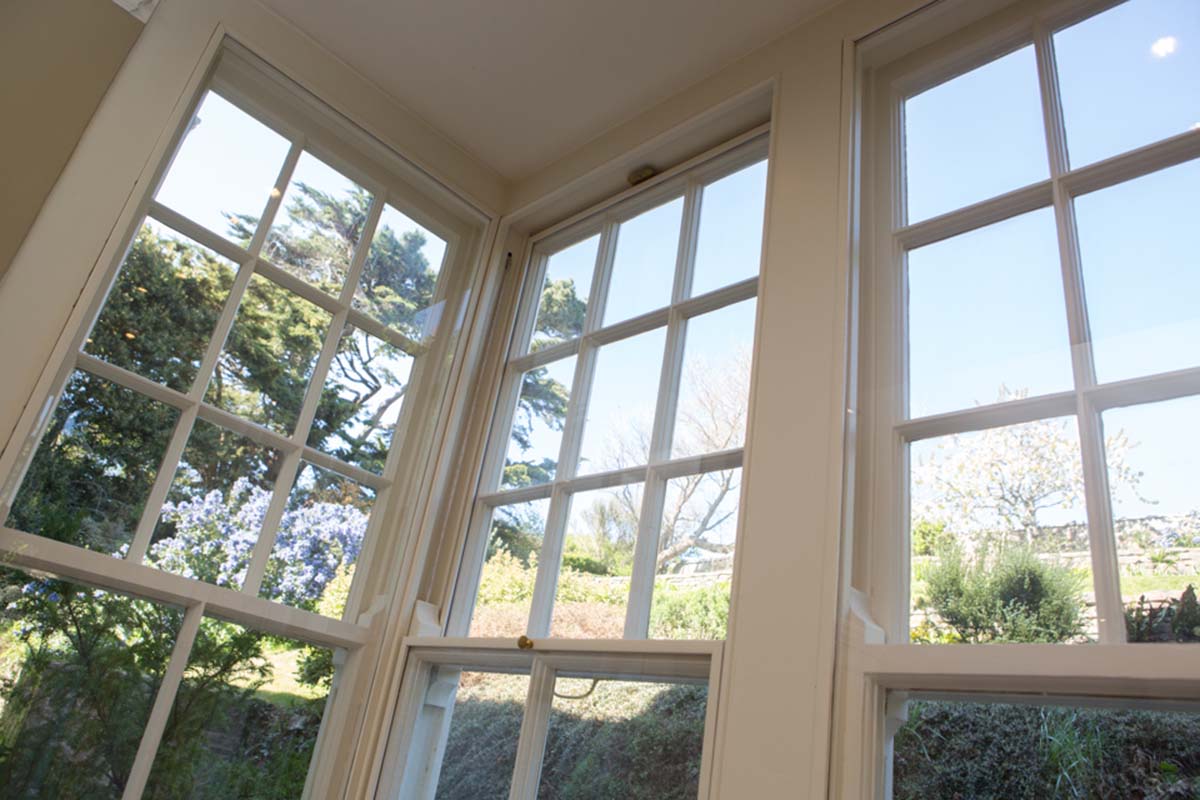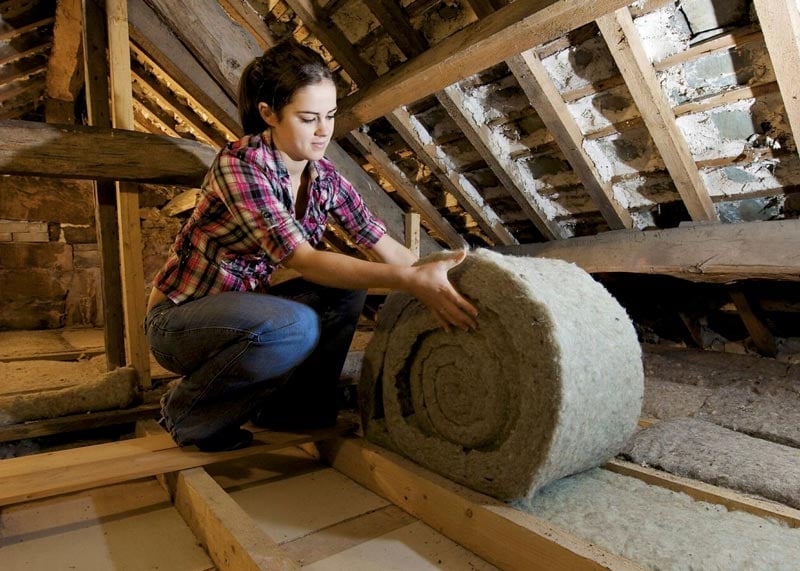Energy-saving expert Mukti Mitchell, founder of Mitchell & Dickinson and Carbon Savvy, takes a closer look at retrofitting your property with energy-saving solutions.
This is the final feature in our three-part series on achieving carbon neutrality in a period or listed home. In the previous features, we addressed carbon neutrality, heating your period home, and preparing to retrofit your property with energy-saving solutions.
What is involved in a period property?
There are several energy-saving solutions suitable for period and listed properties. Once you’ve addressed any relevant preparation issues, you’ll be ready to retrofit insulation, secondary glazing and draught-proofing to your home.
Insights into the most common solutions:
External wall insulation
It’s possible to get Listed Building Consent for external insulation if the building is rendered and it’s done well. Wood-fibre insulation boards like DIFFUTHERM, and hemplime or hempcrete boards, are a good solution for period properties, with a moisture-permeable render such as a lime render.
Internal wall insulation
We create a lot of moisture through breathing and cooking, so it’s important to allow this movement of moisture through the wall. In the same way, period properties often have a degree of rising damp so it’s important not to trap this damp. Cork lime render like Diathonite applied directly to the internal wall, with no gap, is a good solution.
A note of caution relating to both internal and external wall insulation: interstitial condensation can harm the fabric of a building and reduce the insulation qualities of cladding, so it’s important to consult either a conservation-accredited architect or a RICS building surveyor before proceeding.
Floor insulation
If you have a cellar, a breathable mineral or sheep’s wool insulation can be affixed to the underside of the floor above. Where there’s no cellar, breathable insulation can sometimes be suspended beneath the floorboards. A solid floor can be insulated but this almost always involves digging out the original floor, so it isn’t necessarily a popular choice for conservation officers or listed property homeowners.
Roof insulation
Sheep’s wool insulation is a great option for the loft. It’s 12 per cent more efficient than mineral wool, supports British farmers, is more resilient and bounces back when it’s been squashed. If insulating between the rafters to recreate a warm loft, breathable insulation boards (50mm minimum but ideally 100mm) are the most effective option but it’s advisable to obtain an architect’s report before starting, to ensure adequate breathability of the loft space.
Secondary glazing
The prospect of battening your beautiful heritage windows behind secondary glazing can be off-putting but some secondary glazing systems can be virtually invisible and unobtrusively fitted to the glazing in doors and windows. Both sash windows and casement windows can still be opened, and the systems can even be painted to blend in with your colour scheme.
Draught-proofing
Draughts from windows and doors, utility vents, suspended floors and skirting boards can all be effectively excluded, using measures that can be seamlessly incorporated into your home. Old properties do need some ventilation though, so it’s important to retain a level of natural ventilation unless fitting mechanical ventilation. Listed properties ventilated to 2050 standards will need to have mechanical ventilation systems fitted, in line with the ‘build tight, ventilate right’ maxim – they are more energy efficient than natural ventilation methods and improve indoor air quality.
In addition to the measures we’ve already covered, which have the maximum impact on the carbon neutrality of your home, it also worth considering upgrading your hot water tank lagging, removing unused coal or oil-fired ranges and stoves, and closing unused fireplaces. As with all works to a period or listed property, explore whether consents are required before you get started.
While installing loft insulation, secondary glazing and some draught-proofing does not require expert advice (though it should be fitted by an experienced and competent installer), if you’re planning to do a high degree of draught-proofing and wall or floor insulation, it’s recommended that you work with an expert, from planning through to final retrofit.










